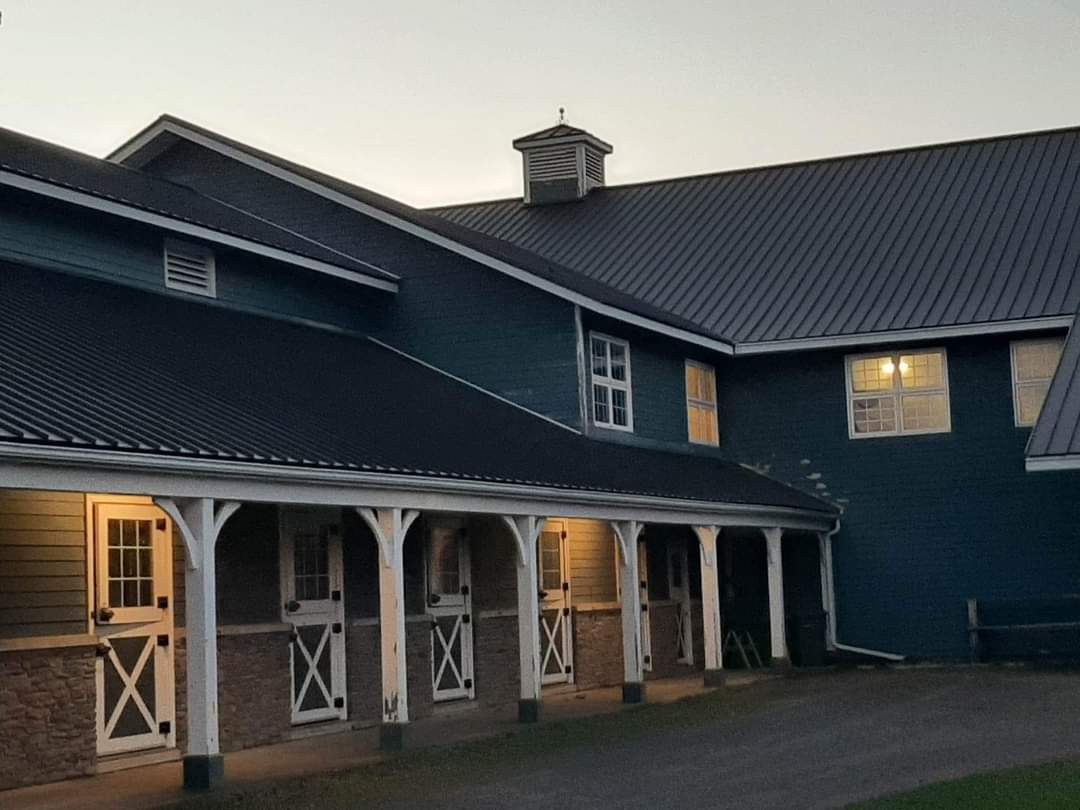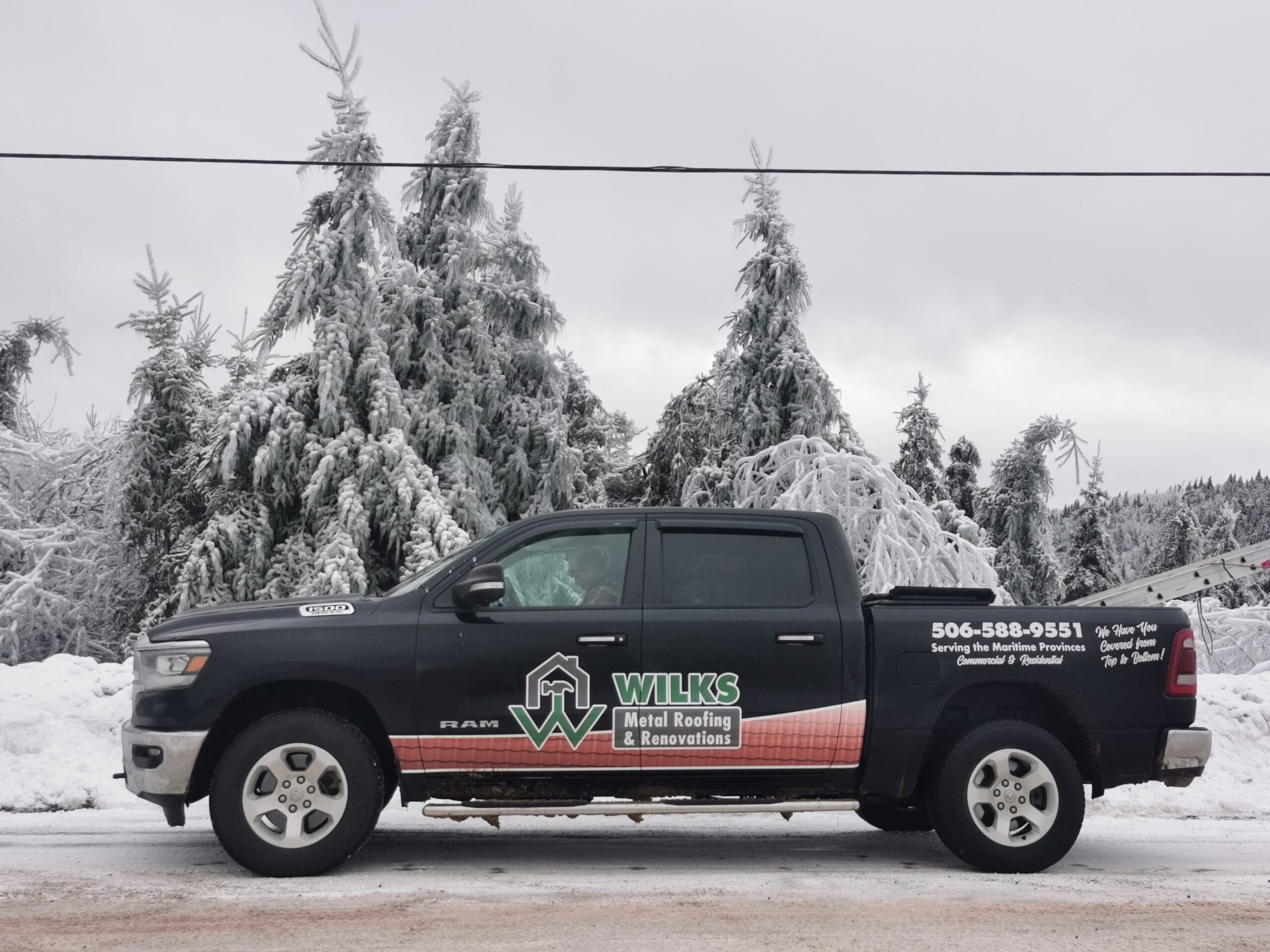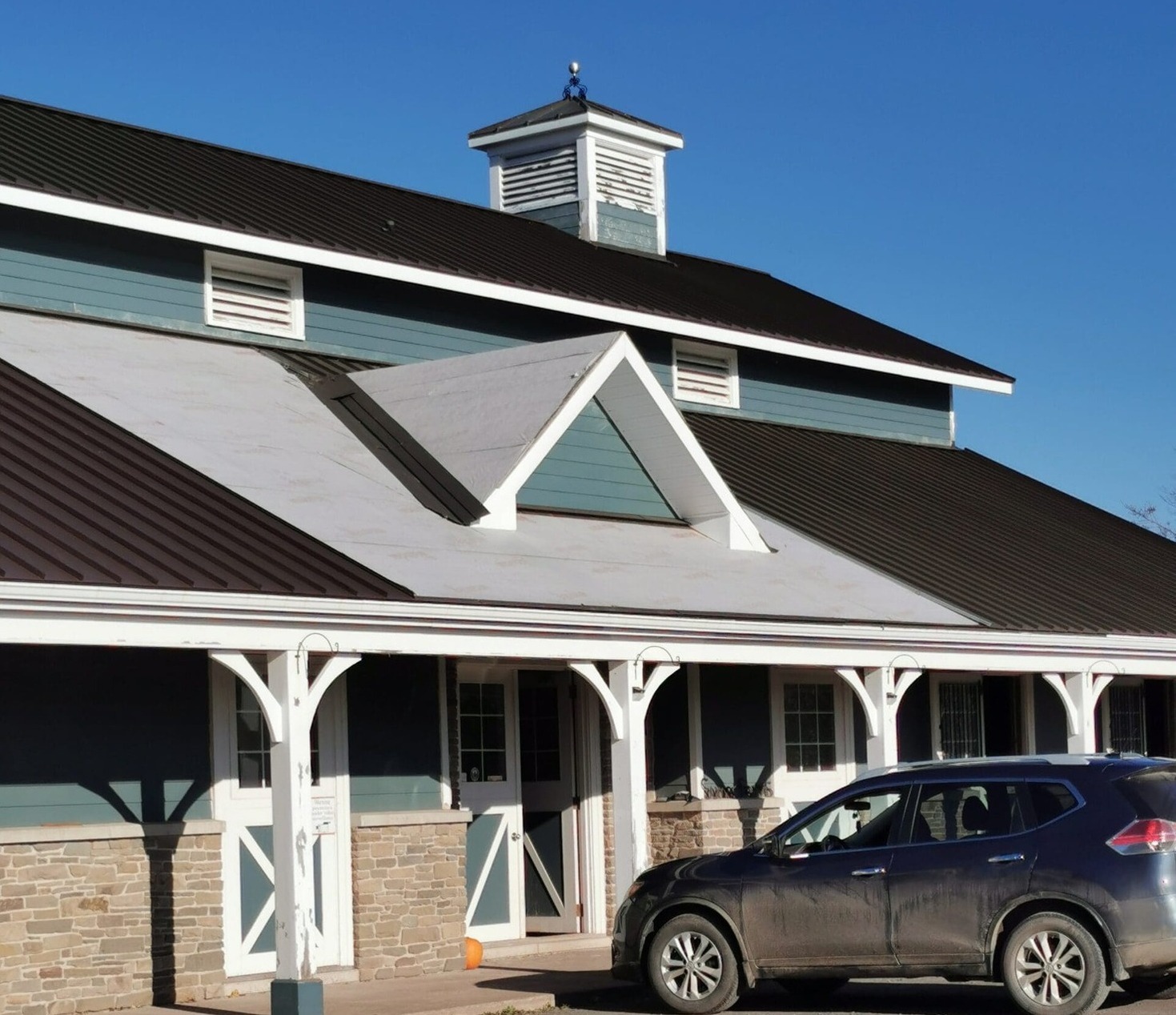Metal Roofing vs. Traditional Roofing: Making the Right Choice for Your Property
Introduction
Welcome back to the Wilks Metal Roofing blog! Choosing the right roofing material is a crucial decision for any property owner. In this post, we’ll compare metal roofing vs traditional roofing materials like asphalt shingles, tiles, and wood shakes. By understanding the differences, you can make an informed choice that best suits your needs and preferences.
Durability and Longevity
- Longevity: Lasts 40-70 years with proper maintenance.
- Durability: Resistant to extreme weather conditions, including heavy rain, strong winds, and hail.
- Maintenance: Minimal maintenance required, saving time and money in the long run.
Traditional Roofing
- Asphalt Shingles: Typically lasts 15-30 years, prone to cracking and erosion.
- Tiles: Can last up to 50 years but are susceptible to breakage and require regular maintenance.
- Wood Shakes: Lifespan of 20-40 years but requires significant maintenance to prevent rot and insect damage.
Energy Efficiency
Metal Roofing
- Reflectivity: Reflects solar radiant heat, reducing cooling costs by up to 25%.
- Insulation: Helps maintain a stable indoor temperature, leading to energy savings.
Traditional Roofing
- Asphalt Shingles: Absorbs heat, which can increase cooling costs.
- Tiles: Provides natural insulation but can be less efficient in extreme temperatures.
- Wood Shakes: Offers good insulation but may not be as energy-efficient as metal roofing.
Environmental Impact
Metal Roofing
- Recyclability: Made from recycled materials and fully recyclable at the end of its life cycle.
- Sustainability: Reduces landfill waste and supports eco-friendly building practices.
Traditional Roofing
- Asphalt Shingles: Not easily recyclable, contributing to landfill waste.
- Tiles: Made from natural materials but can be heavy and require more energy to transport.
- Wood Shakes: Made from natural wood, but harvesting can impact forests and ecosystems.
Aesthetic Appeal and Versatility
Metal Roofing
- Variety: Available in a wide range of styles, colors, and finishes to match any architectural style.
- Customization: Options include standing seam panels, metal shingles, and more.
Traditional Roofing
- Asphalt Shingles: Limited color and style options, generally offering a traditional look.
- Tiles: Available in various styles and colors but can be heavy and costly.
- Wood Shakes: Offers a rustic, natural look but may not suit all architectural styles.
Fire Resistance
Metal Roofing
- Non-Combustible: Excellent fire resistance, providing added safety and potentially lowering insurance premiums.
Traditional Roofing
- Asphalt Shingles: Can be prone to fire damage.
- Tiles: Fire-resistant but can crack under high heat.
- Wood Shakes: Highly flammable unless treated with fire-retardant chemicals.
Cost Considerations
Metal Roofing
- Initial Cost: Higher upfront cost but offers long-term savings through durability, energy efficiency, and low maintenance.
- Return on Investment: Increased property value and potential savings on insurance and energy bills.
Traditional Roofing
- Initial Cost: Generally lower upfront cost but may require more frequent repairs and replacements.
- Long-Term Cost: Higher maintenance and replacement costs can add up over time.
Conclusion
When choosing between metal roofing and traditional roofing materials, it’s essential to consider factors such as durability, energy efficiency, environmental impact, aesthetic appeal, fire resistance, and cost. Metal roofing offers numerous advantages that make it a smart and sustainable choice for many property owners.
If you’re ready to explore metal roofing options for your next project, contact Wilks Metal Roofing today. Our team of experts is here to help you make an informed decision and provide you with the highest quality roofing solutions.
Stay tuned to our blog for more insights, tips, and updates on all things roofing. At Wilks Metal Roofing, we’re dedicated to providing quality, durability, and exceptional service for all your roofing needs.



